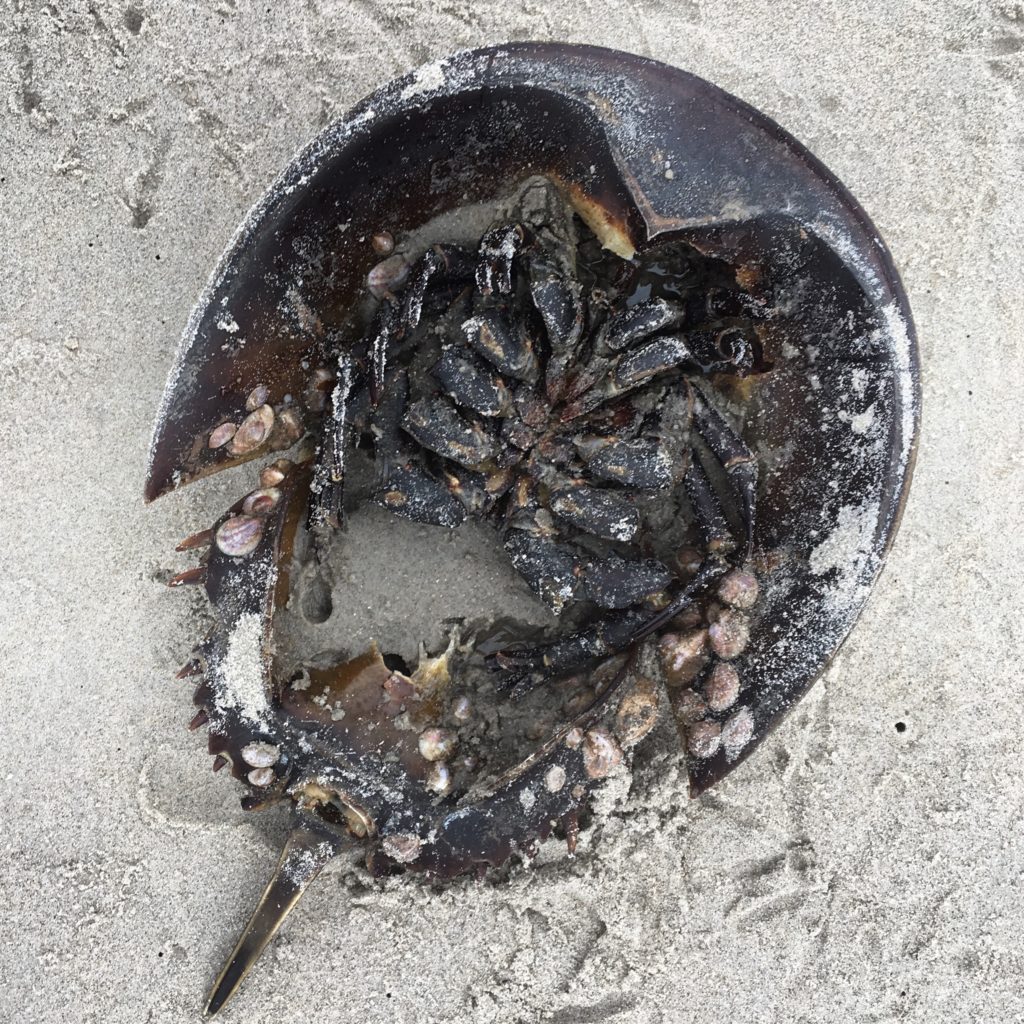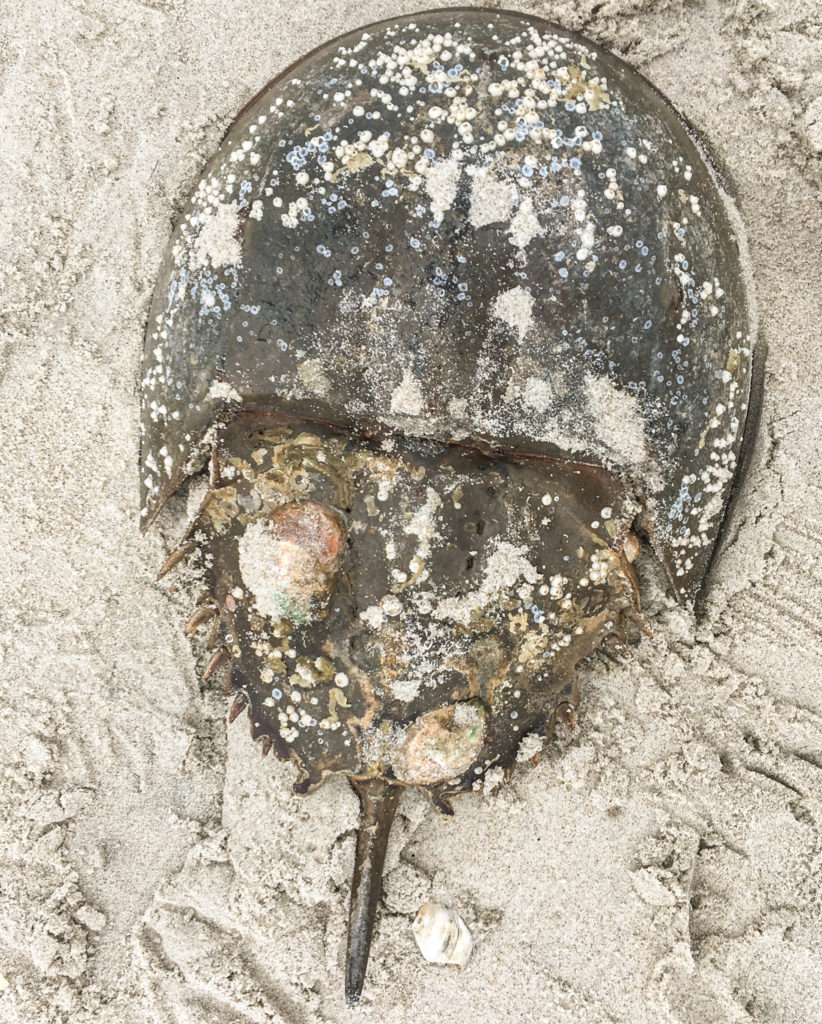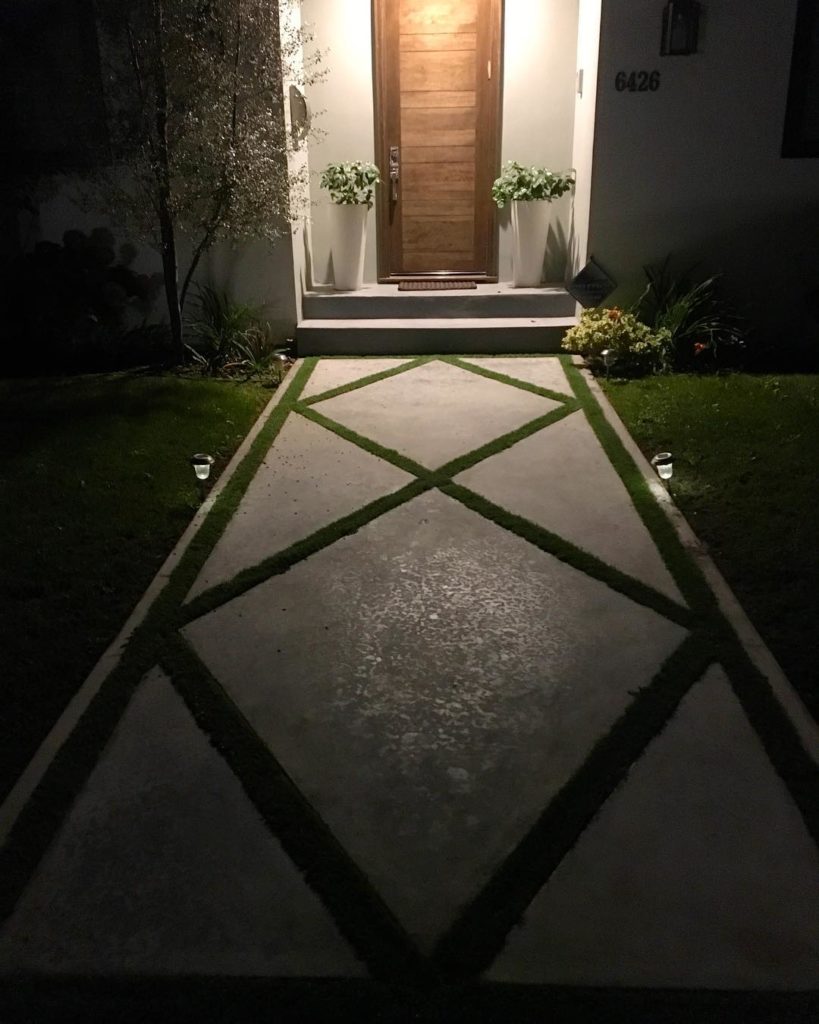I’ve been reading some of Mari Sandoz‘s works: “Old Jules,” a biography of her father; “Crazy Horse, the Strange Man of the Oglalas”; and “Cheyenne Autumn,” the story of the tribe’s 1878-79 exodus from Oklahoma to Montana.
All of the books were researched and/or written in the 1930s and ’40s, but they’ve aged well, maybe because they are unique in their perspective: a native daughter’s inquiry into her settler father’s brutal and brutalizing past; a white woman who spent so much time with Native American people that she produced prose that somehow channels their experience (that’s not just me saying that; Vine Deloria Jr., who chronicled his Sioux people and was fiercely critical of white culture’s misunderstanding of Native Americans, wrote an introduction to “Crazy Horse” and called it “a work of real genius”).
Here’s just one passage, from Sandoz’s preface to “Cheyenne Autumn,” that I find strikingly modern in its perspective — especially in its observation of how rapidly the white American invasion overwhelmed the Plains tribes:
The Sioux and Cheyenne, Sandoz writes:
… had their “first real encounter with the United States Army in the Grattan fight of 1854. At that time the white men in the region were only a few little islands in a great sea of Indians and buffaloes. Twenty-three years later, in 1877, the buffaloes were about gone and the last of the Indians driven to the reservations— only a few little islands of Indians in a great sea of whites.
This exploit of modern man is unrivaled in history: the destruction of a whole way of life and the expropriation of a race from a region of 350,000,000 acres in so short a time. It entailed first of all a tremendous job of public conditioning. In the 1830s and 1840s the buffalo Indians were considered the most romantic of peoples, drawing visitors from everywhere. Such men as Prince Paul of Würtemberg, Prince Maximilian, Sir William Drummond Stewart, Catlin, Parkman, and hundreds of others came to ride in the surrounds, to eat roast hump ribs, to study and become one with this great Red Hunter.
But that was before the white man wanted these Indian lands. The discovery of gold and the rise of economic and political unrest over much of the civilized world, with millions of men hungry for a new start, changed that, and suddenly the romantic Red Hunter was a dirty, treacherous, bloodthirsty savage standing in the way of progress, in the path of manifest destiny. By 1864, with the nation at war ostensibly to free the black man from slavery, the public had been prepared to accept a policy of extermination for the red. …
… After this period of twenty-three years that turned a free hunting people into sullen agency sitters, there was a short series of rebellions. With the buffalo gone, the starving Indians, dismounted and disarmed, were easily shuffled off to land on which no white man could conceivably make a living. Congress now felt free to initiate more cuts in the appropriations for their helpless wards, dropping them far below the treaty stipulations, often to actual starvation levels. By midsummer, 1877, the quiet and peaceful Nez Perce were making their desperate break for survival. The next year the Sioux, Bannocks, Arapahos, Poncas, and others rebelled too, hoping to return to their old homes where the children were healthy and the cooking pots once held meat.”
— Mari Sandoz, “Cheyenne Autumn”
By the way, this week is the 140th anniversary of the Cheyennes’ attempt to break out of Fort Robinson, the northwestern Nebraska outpost where part of the band that escaped from Oklahoma in September 1878 was being held. The breakout, in which more than 60 of the roughly 140 Cheyennes held inside an empty, unheated barracks died, followed the Army’s attempt to starve the imprisoned group into returning to Oklahoma.






